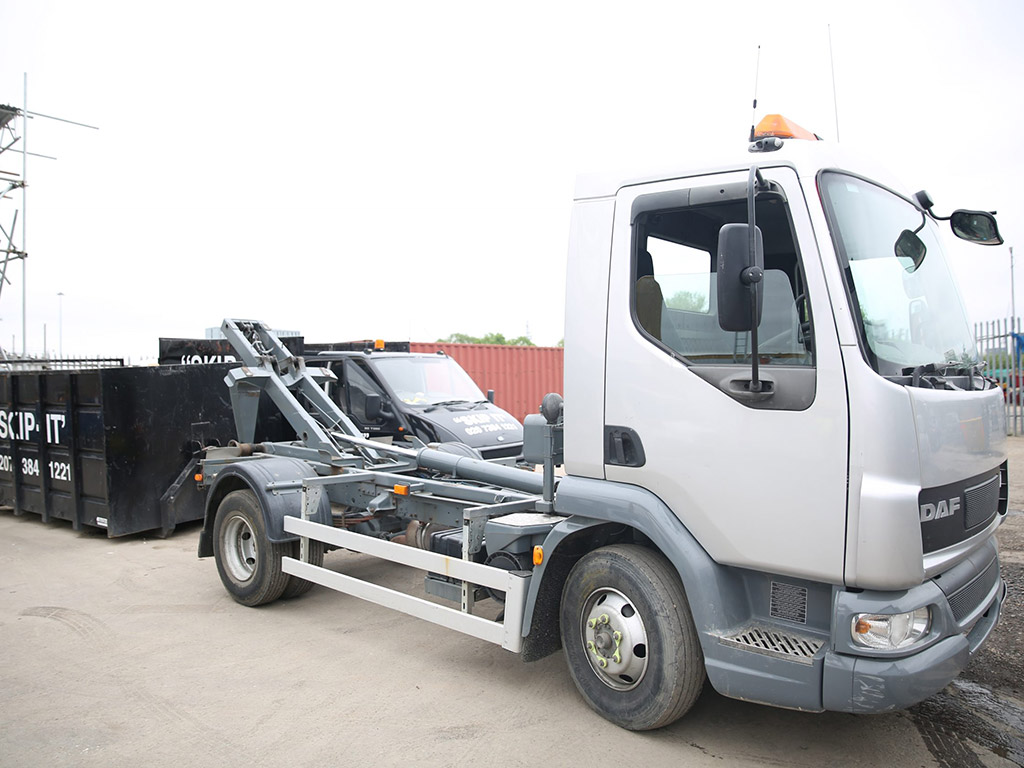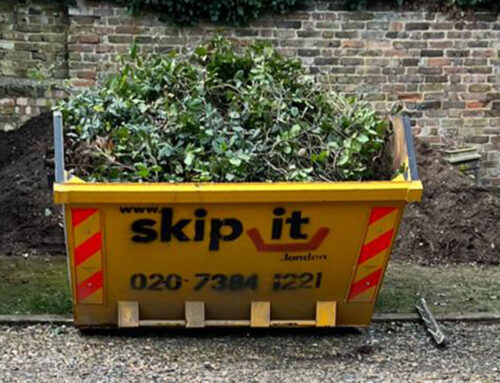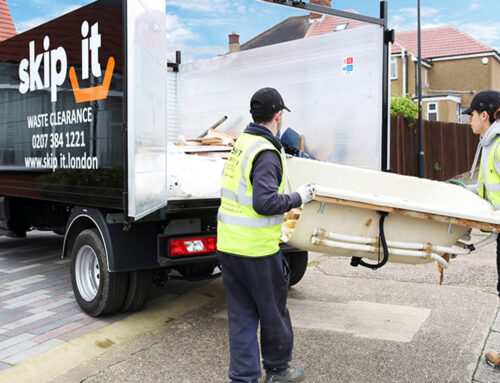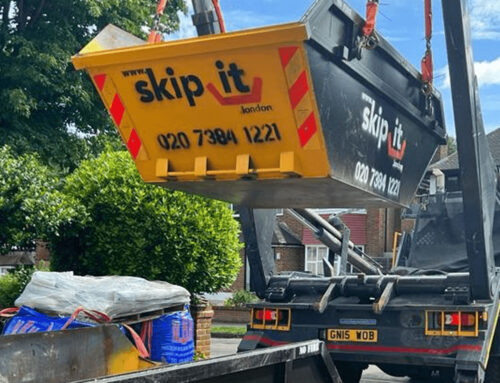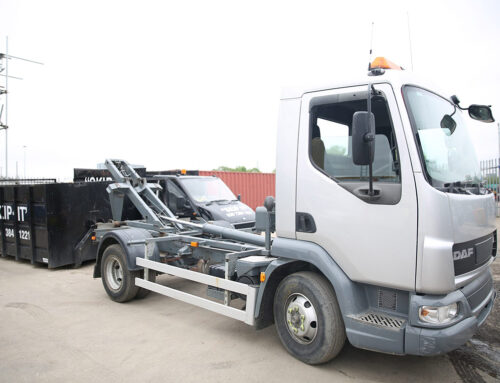5 Skip Hire Guide for Beginners
Skip hire is an efficient solution for managing waste for various personal or professional projects. Understanding the basics of skip hire, including the types of skips available and what they can be used for, is crucial for beginners. With insights from Skip Hire Surbiton, this guide will cover essential tips and tricks to maximize your skip-hire experience.
Part 1: Assessing Your Skip Hire Needs
1.1 Determining the Type of Waste
When hiring a skip, you must categorize the waste you dispose of. General waste includes household and construction materials, while green waste covers garden debris. Knowing what materials are prohibited in skips, such as hazardous waste, is also critical.
1.2 Estimating the Skip Size
The size of the skip you need depends on the scale of your project and the type of waste you’re disposing of. Factors like the volume of junk and the space available for the skip play a role in this decision. Choosing the right size is crucial to cost-effectiveness and efficient waste management.
Part 2: Finding the Right Skip Hire Provider
2.1 Researching Skip Hire Companies
Choosing the right skip-hire provider involves researching local and national companies. It’s essential to check for proper licensing and adherence to regulations. Local providers like Skip Hire Surbiton often offer more personalized services.
2.2 Comparing Pricing and Services
Understanding the costs involved in skip-hire is vital. Pricing varies depending on skip size, rental duration, and type of waste. Companies might offer additional services, such as help with permits or specialized skips to different kinds of junk.
Part 3: Booking and Delivery
3.1 Booking Your Skip
The booking process typically includes selecting the skip size, delivery date, and location. It’s essential to book in advance, especially for larger projects or specific skip types.
3.2 Preparing for Skip Delivery
Ensure the delivery area is clear and accessible. Safety precautions, like marking the site and considering overhead obstructions, are necessary for a smooth delivery process.
Part 4: Efficient Skip Loading Techniques
4.1 Loading General Waste
Maximizing skip space is critical. Load large, flat items first, followed by smaller items to fill gaps. Ensure the load is level and within the confines of the skip for safety.
4.2 Handling Green Waste
Green waste like leaves, branches, and soil can be managed efficiently for garden projects. Consider composting some trash to reduce the volume needing to be skipped.
4.3 Dealing with Hazardous Waste
Hazardous materials require special handling and shouldn’t be placed in general skips. Identify such materials and arrange for proper disposal according to local regulations.
Part 5: Skip Collection and Removal
5.1 Scheduling Skip Collection
Plan the collection of the skip. Notify the skip hire company when the skip is ready for collection, considering any project timelines in mind.
5.2 Post-Collection Site Cleanup
After the skip is collected, clean up any residue left behind. Restoring the area ensures safety and maintains the cleanliness of the site.
Part 6: Summary and Key Takeaways
In summary, understanding the essentials of skip hire, from choosing the right skip to efficient loading and disposal, is crucial for beginners. Surbiton Skip outlines that proper skip-hire management makes waste handling more efficient and contributes to environmental sustainability.
